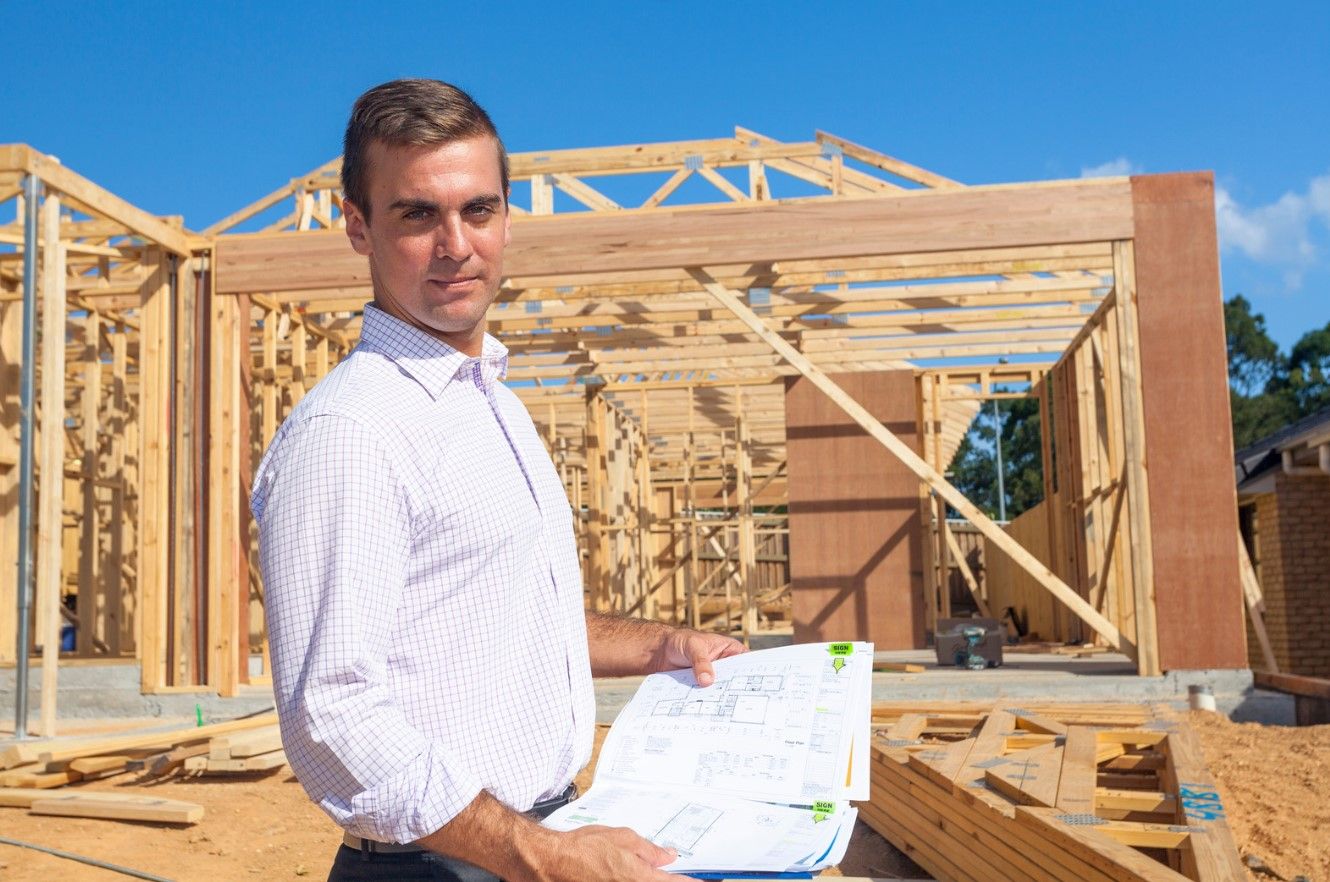What Rising Insurance Costs Mean for Home Values
In recent years, homeowners across the U.S. have been facing a growing concern: rising insurance premiums.

Meticulous planning of a home-building project is necessary. That, however, is not the end of the matter. Property owners have a larger stake than others in terms of how the construction plays out. To avoid the nightmares of cost overrun, delays and miscommunication, owners must proactively manage the build…without being a nuisance to the contractor. This oversight begins and ends with clarity regarding the contractual promises made as well as the factors that can modify those promises. When everyone knows clearly their mutual expectations, and also those occasions when slack must be granted, the build is briefer and cheaper relative to home value.
Holding to a Timeline
As noted in a prior post, the Census Bureau estimates eight months to put up a house from permit to final inspection. The National Association of Homebuilders gives a similar timeframe – 6.5 to 10.5 months. Agreeing on a timeline with the general contractor is an important component of the business relationship. Equally crucial is that each party understands what variables can undermine agreed-upon schedules. These include severely inclement weather or slow payment by the lender. Overall, there should be a harmony between promise and performance.
Accountability without Micro-Management
Most of the new land owners higher builders, and must balance the interests of the owner’s house versus the contractor’s project. For example, the builder works from blueprints based on the home design approved by the owner. If the owner sees a diversion from the desired design, he or she has the right to raise a concern. The problem may be with the builder or blueprint draftsman or the architect/designer. Ironing the discrepancy out, nevertheless, is the first order of business before the work continues.
The flip side of the coin is when home owners direct the tedium, i.e. watching every worker and complaining about things that have nothing to do with the building contract. A solid contract should include benchmarks – signs of progress – that are placed along the timeline. If they are met in a timely manner, the owner does well to let an extra 10 minutes for lunch slide. If something does not affect the evolution of the structure according to contractual promise, making an issue of it only distracts the contractor, who alone can compensate or dock a laborer for an extra 10 minutes.
Keeping the Builder on Schedule
One of the most effective methods of avoiding delay during the construction process is to eliminate any question marks ahead of time. Be as specific as possible when agreeing to a contract, i.e. the materials you want, the finishes, the appliances, anticipated home value etc. Leaving the contractor guessing is a significant time-wasting omission…and may necessitate backtracking to correct a mistaken impression.
Another way to motivate a timely finish is to visit the site regularly – but not too regularly. Going every day signals that you do not trust the very people you hired. Yet those who never visit risk a certain inertia setting in that slows the completion of the project. Showing up once in a while is a happy medium: you have confidence in the contractor AND you reserve the right to check on the progress of your new home.
Finally, do not stress over bad weather. It may put a hold on things if it is harsh enough. One way to deal with this is to have an understanding with the builder regarding what conditions warrant suspension of work and what conditions are tolerable. Those that have carefully chosen their builder can trust that this mutual accord will be honored.